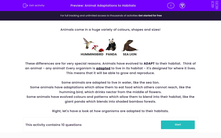Animals come in a huge variety of colours, shapes and sizes!
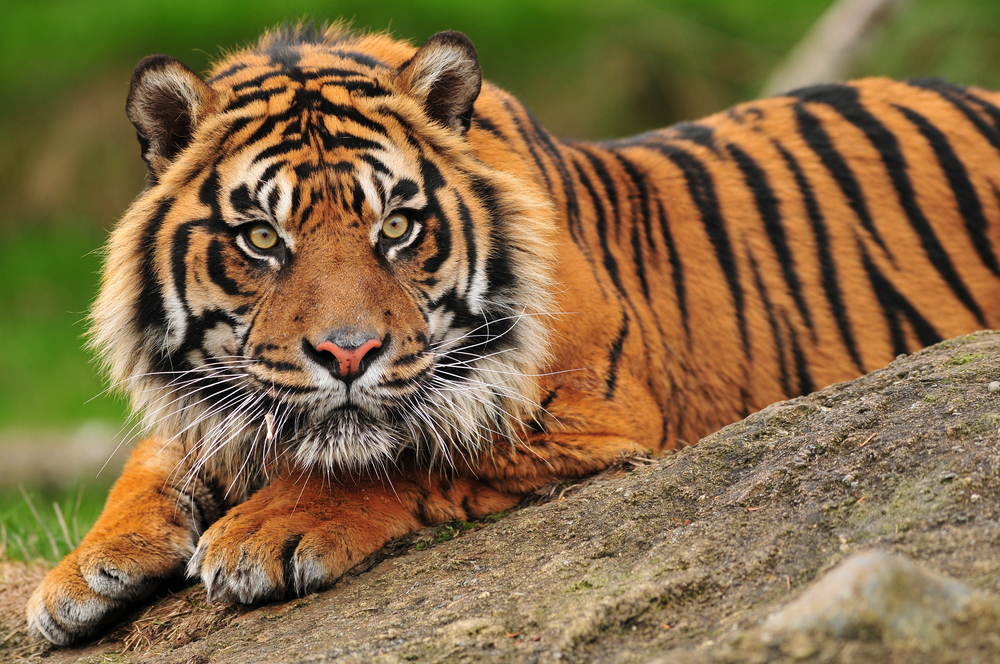
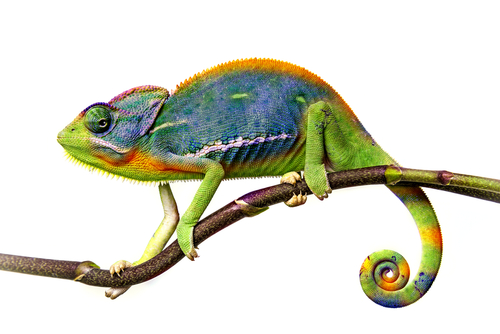
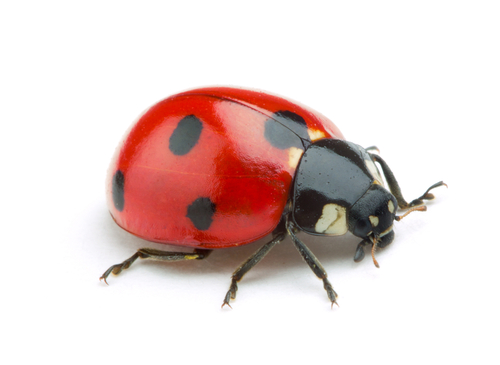
These differences are for very special reasons. Animals have evolved to adapt to their habitat.
Every organism is adapted to live in its habitat - it's designed for where it lives. This means that it will be able to feed, grow and reproduce.
Some animals are adapted to live in water, like the sea lion. Its limbs have developed into flippers, to help it swim fast, and its body is streamlined.
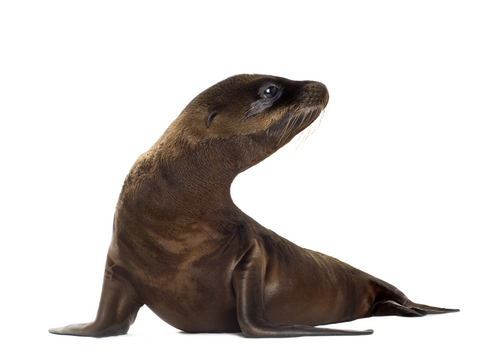
Some animals have adaptations which allow them to eat food that others cannot reach. The hummingbird drinks nectar from the middle of flowers with its long beak. Its wings flap at 50 beats per second, allowing them to hover close to the flower, and even fly backwards!
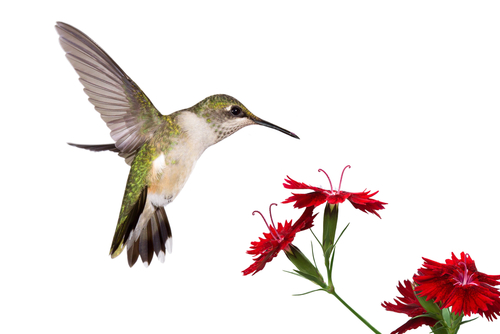
Some animals have evolved colours and patterns that allow them to match their habitat. This giant panda's black and white colouring blends into shaded bamboo forests as well as camouflaging it in the winter snows.

Right, let's have a look at how organisms are adapted to their habitats.


